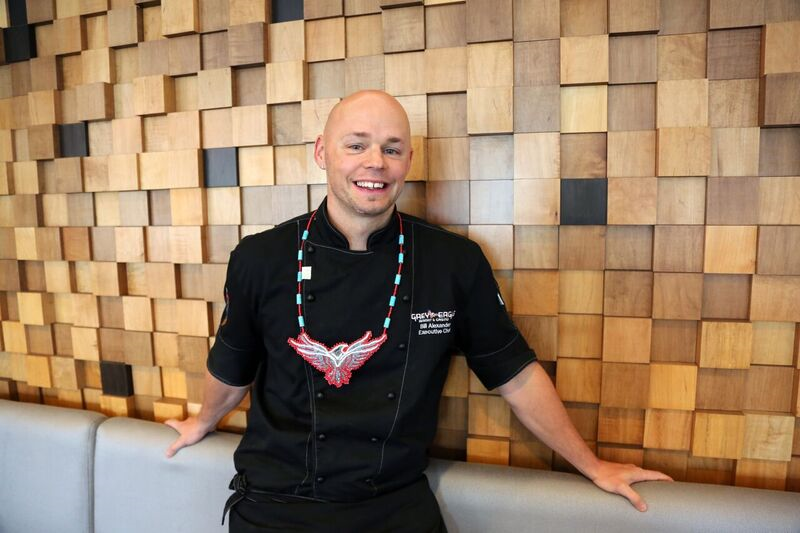How to Diversify & Thrive in the Foodservice Industry: Diversifying Your Menu
Shifting demographics, uncertain economic times, and changing consumer habits mean that businesses need to adapt and adjust in order to succeed in 2020 – and beyond.
Diversifying your business or brand to explore multiple profit avenues, diversifying to excel through labour shortages, and diversifying your menu to tap into a new consumer base are all key when it comes to thriving in the future.
In our last part of our Diversify & Thrive in the Foodservice Industry series, we’re exploring how brands can look to diversifying menus to to discover a new market, or drive sales.
Telling the story of food through the customer experience can also be applied to the concept of diversifying the menu. Customers’ food choices are changing and evolving, providing an opportunity for operators who choose to adapt to shine.
Many of the trends around menu development have a lot to do with social initiatives and the importance of reflecting the social initiatives of the community you are representing. “I look at food as if it’s a privilege and think about how many ways I can diversify that same product, so I’ve minimized my cost but enhanced my guests’ experience, says Bill Alexander, Indigenous Cuisine Curator and Advisor at RC Show 2020. He is also the chair of the Indigenous Culinary of Associated Nations, executive chef at Grey Eagle Resort and Casino and consulting chef for WestJet.

Indigenous Cuisine Curator and Advisor at RC Show 2020, Bill Alexander
It’s not always about changing up a menu; he explains, “When I’m launching a new menu, I go out to the community, and I don’t necessarily look at people’s menu choices, I look at their experiences. When we talk about diversifying your menu, the menu should reflect your theme or be a representation of the guests that will become regulars in your restaurant. Customers drive menus, and it’s not only about the food but how customers are responding to that.”
Bill grew up in Northern Ontario and Quebec and is a member of the Ahkwesásne Nation. Being Indigenous, food has always been a very important part of his culture, as is the relationship to the land. Offering up traditional Indigenous food allows him to share the story of his culture. “We need to understand there’s no separation between food and culture. People are now learning a lot about my culture through our food, which is making our food more intriguing and our culture more accessible. We need to stop looking at food as simply nourishment because it is so much more. Food is the most powerful conduit I have to getting people to learn more about the Indigenous culture.”
Like Eataly’s approach, Alexander understands that it’s the overall experience that differentiates. In his culinary program, chefs are out on the floor, to make the culinary experience as interactive as possible. “We should be able to leave you with a couple of bits of information even if you didn’t ask. This comes across in the industry as a step up in the customer service side of things. I want people to come in, have a compelling culinary experience and leave the restaurant knowing more than when they came in.”
Extending that experience to include farmers and suppliers can also help distinguish your operation. Alexander often brings in farmers when doing a tasting menu to engage with guests and tell the story of where the food came from. “Farmers have diversified themselves over the years—now they are salespeople and we are all stronger through collaboration. It has made me change my social responsibility with my partnerships.”
The key according to Alexander is to look at food differently. “I always say it’s amenity versus identify. Food has always been an amenity, he explains, “but now food deserves its own identity in this country—we have to stop treating our own businesses like people just have to eat and that’s why we exist.”
Learn how to Diversify & Thrive at RC Show March 1-3rd, Enercare Centre Toronto Early bird tickets and Hospitality week events on sale now.









